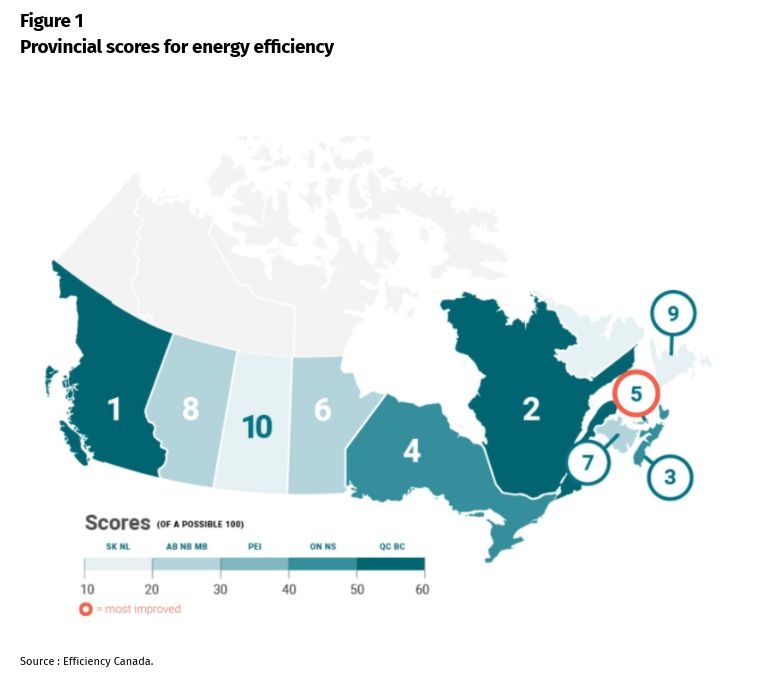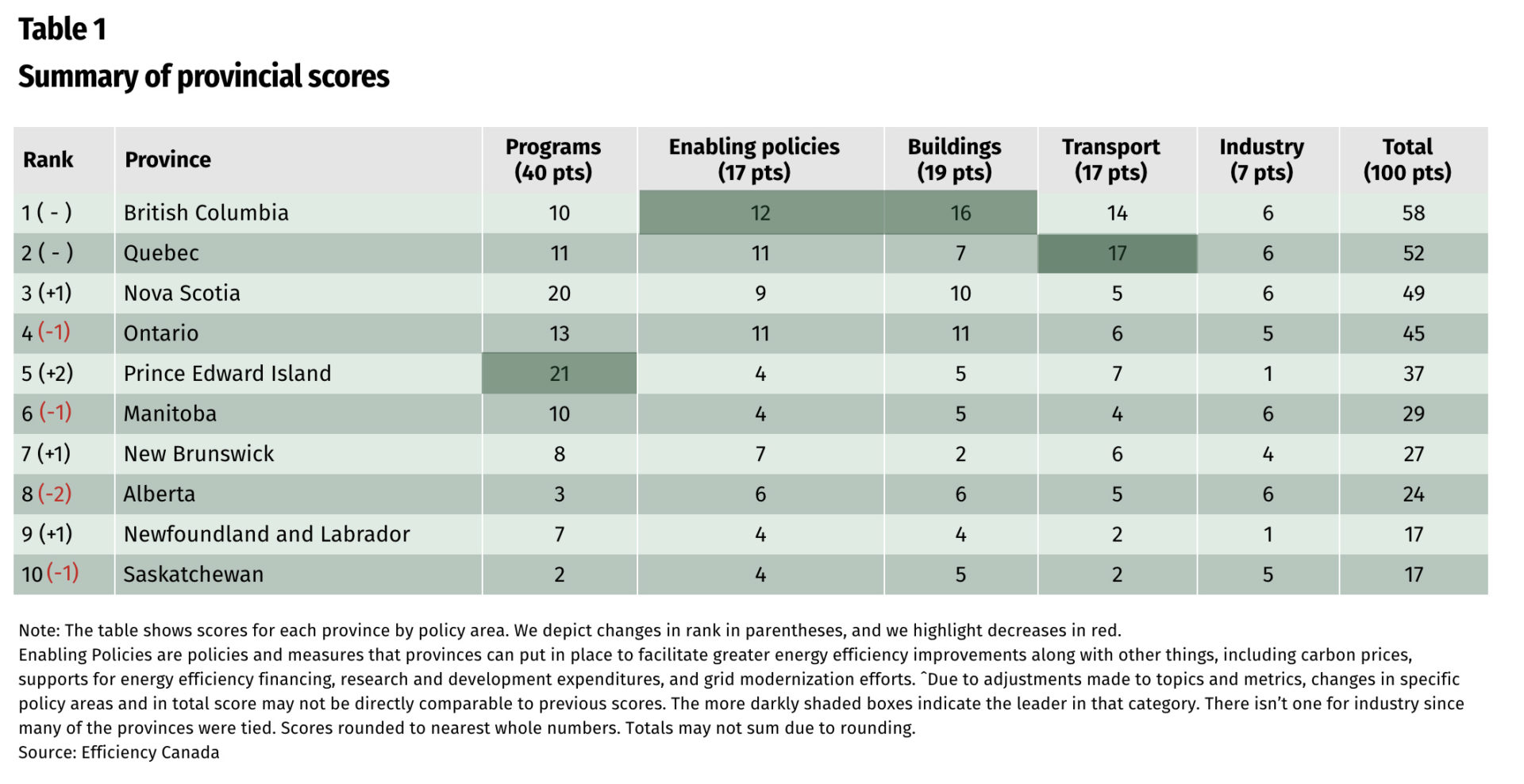
Energy efficiency figures prominently in proposals for how to recover from COVID-19’s economic impacts and in plans for achieving net-zero emissions. The International Energy Agency, Green New Deal proposals in the United States, the European Union’s “renovation wave,” and Canada’s Task Force for a Resilient Recovery all call for unprecedented levels of public investment in building retrofits, industrial efficiency, and electric transportation.
There is now even more momentum with the election of Joe Biden, on a platform calling for creating one million jobs through building retrofits and cutting in half the carbon footprint of buildings by 2035.
Energy efficiency is an integral component of greenhouse gas reduction strategies and pandemic recovery plans because it creates jobs, promotes spending in local economies, and spurs productive investments. As the pandemic requires more of us to work from home and manage air quality in public buildings, there is a growing recognition of the uncomfortable and unhealthy indoor environments that go along with energy waste.
The federal government made a big commitment to energy efficiency this year by joining a coalition of countries seeking to achieve three per cent global annual improvements in energy efficiency. This is the level the International Energy Agency says is needed to meet the Paris climate commitments. Historically, Canada has improved its energy intensity by one per cent per year, suggesting a tripling in energy efficiency advances is required.
Meeting this goal will require close cooperation between the federal government and the provinces, which have jurisdiction over areas such as public utility regulation and building energy codes. Since energy waste exists across Canada, rather than being regionally concentrated like other energy resources, every province has an opportunity to benefit from improved energy efficiency.
Provincial scorecard results
Each year, Efficiency Canada produces a “scorecard” to assess provincial energy efficiency performance, highlight promising initiatives, and identify opportunities for improvement (figure 1). (The territories are not included in the scoring due to difficulties sourcing relevant information. Information on each territory is available here.) This year, among the provinces, we found both encouraging progress and some worrying developments.
British Columbia again earned the top rank, with 58 points out of 100 (table 2). The province pioneered the development of a building code that not only defines a minimum standard for energy efficiency, but also outlines higher performance steps that advanced municipalities are adopting. This policy leads the province towards net-zero energy-ready buildings. The upcoming national model building codes for 2020 are also designed this way so other provinces can make energy efficient new buildings the norm by learning from the BC example.
Prince Edward Island is the most improved province. In 2018, the provincial efficiency utility (efficiencyPEI) established a plan to significantly ramp up energy savings, and this year we can see the results. PEI has the highest per capita spending and places second in electricity and fossil fuel savings. It also leads the country in energy efficiency spending for low-income and Indigenous communities.
Alberta witnessed the steepest decline. The Kenney government ramped down programs and then eliminated the Energy Efficiency Alberta agency altogether. Electricity savings fell from 0.8 per cent of sales in 2017 to 0.06 per cent in 2019 (the lowest in the country). Ontario also reduced efficiency program spending and saw a drop in electric vehicle registrations. If these trends continue in two of Canada’s largest provinces, national efficiency and GHG reductions goals could be out of reach.
Nevertheless, all provinces have significant room to improve. On a scale with 100 available points, the highest score this year is 58 (British Columbia) and the lowest is 17 (Saskatchewan). Canadian provinces still lag behind leading American states in energy-savings performance and target setting. Even under Donald Trump, American energy efficiency programs have been saving more energy than those found in leading Canadian provinces, and we can anticipate even higher savings under a Joe Biden presidency. Canada needs to catch up.
The federal role
The federal government needs to play a leadership role in activating provincial energy efficiency, especially given COVID-19 challenges. The federal government has more fiscal capacity. In addition, most provincial efficiency programs are narrowly focused on achieving cost savings in utility systems. Federal policy is more focused on capturing benefits from energy efficiency related to job creation, increased spending in local economies, better health and thermal comfort for those at home, and GHG reductions achieved through reductions in fossil fuel use in buildings and making better use of existing renewable energy resources.
This year’s scorecard shows how federal policies are already resulting in provincial policy changes and new initiatives. The 2019 federal budget included funding for the Federation of Canadian Municipalities (FCM) to launch the community efficiency financing project, which supports municipal strategies to repay residential retrofit costs through utility or property tax bills. Yet, provinces need to pass enabling legislation so municipalities can finance upgrades through their property tax systems (called property assessed clean energy – PACE).
This year’s scorecard shows that Saskatchewan recently made legislative changes, and we anticipate PEI and BC will as well. Thus, federal funding has prompted the provinces to bolster their energy efficiency policies.
How else can the federal government spur provincial energy efficiency performance? We identify five areas:
• Expanding provincial program portfolios
The federal Low Carbon Economy Fund is already supporting provincial energy efficiency. All provinces have room to ramp up energy savings to meet levels seen in leading American states, which would create 175,000 annual jobs.
• Financing deep retrofits
The Canada Infrastructure Bank announced that large building retrofits are part of its growth plan, and the Federation of Canadian Municipalities is supporting residential finance strategies. The federal government can enhance these initiatives by co-financing and underwriting residential retrofits, and helping regional organizations develop investment-ready retrofit projects.
• Introducing a zero-emission vehicle mandate
Only B.C. and Quebec require manufacturers to sell a certain amount of electric or zero-emission vehicles, and those are the only two provinces on track to meet federal zero-emission vehicle targets. It is time for a national mandate, not just a target.
• Supporting adoption of net-zero energy-ready building codes
The 2020 versions of the national model building codes (which are still being finalized) will outline performance tiers leading to new buildings that are so efficient they can supply their own energy through local renewables. The federal government should require provinces to adopt the latest code to receive funding, and support training on advanced building designs, compliance tools, and public engagement.
• Promoting industrial energy management systems
The Generation Energy Council introduced an objective to see 75 per cent of industrial energy use benefiting from energy management systems by 2030. Federal industrial efficiency programs are over-subscribed (by how much, we don’t know), and progress towards this goal is not measured. The federal government can increase funding for its in-demand programs and streamline program delivery with the provinces while also making it mandatory to have energy audits and certification in energy management standards like ISO 50001.
Federal action in these areas would leverage existing provincial energy efficiency delivery systems and policy frameworks, promote beneficial harmonization, and help Canada meet its three per cent annual energy efficiency improvement and net-zero emission goals.
The rest of the world is moving towards improving energy efficiency. To keep up, we need smart strategies from federal and provincial governments – showing that Canadian federalism can build a competitive, clean, healthy, and just energy efficient economy.
Photo: Installation of an energy-saving meter. Shutterstock.com, by Dmitry Kalinovsky











